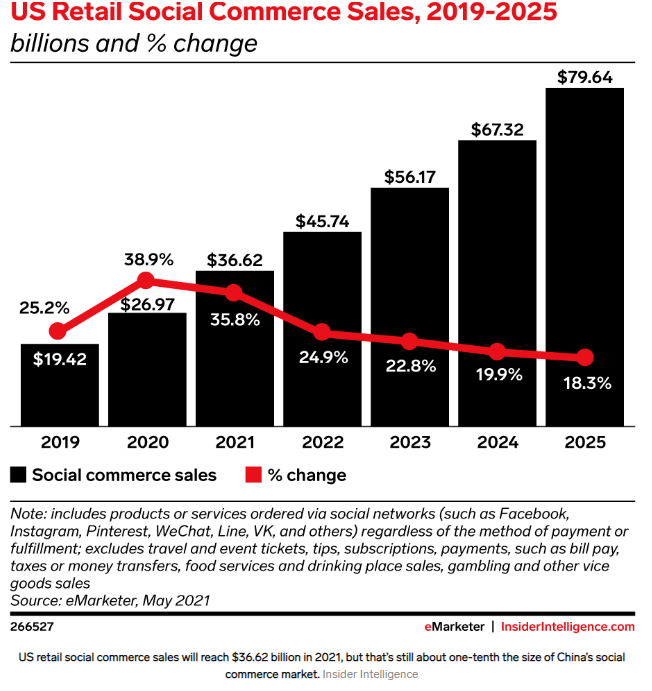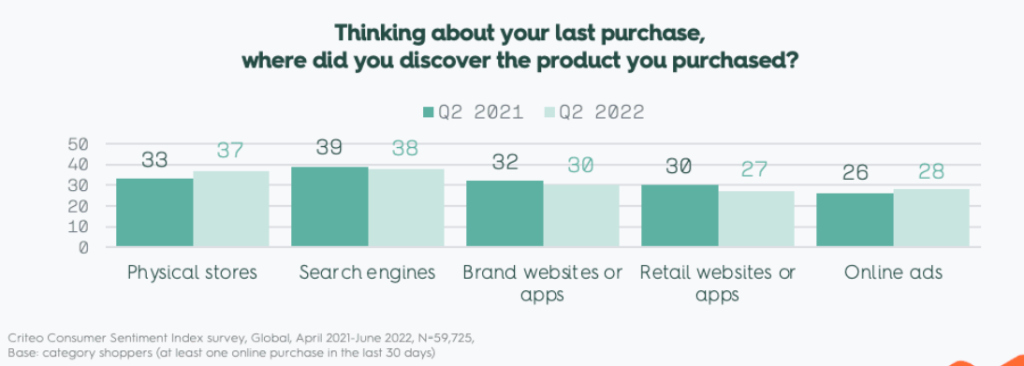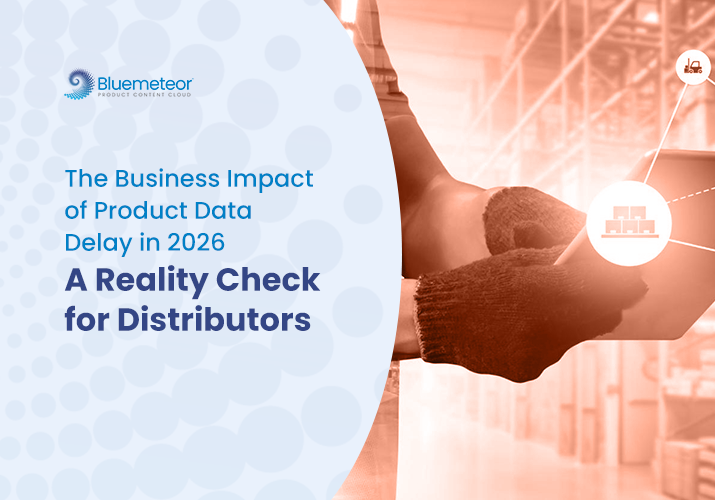2022 Holiday Shopping & Digital Commerce – What to Expect, & How to Capitalize on It!

Digital commerce: On the one hand, retail sales in the holiday season grew by a whopping 8.5% in 2021, creating the largest increase in sales in the past 17 years (Source: Mastercard). This was a major indicator of the end of the COVID-induced two-year hiatus, and a return to normalcy. On the other hand, inventory concerns and inflation seem to have become an even larger cause of concern in 2022, with the Consumer Price Index hitting a 40-year high at 8.5% as reported by the US Bureau of Labor Statistics. The impact was seen across both, B2B and B2C sectors.
That being said, businesses still have an exciting 2022 holiday season to look forward to.
Deloitte’s annual holiday report forecasts a 4-6% increase in holiday sales in 2022 – a major opportunity for businesses to tap into.
The writing, it seems, is on the wall. This shopping season is not going to be worse (as some inflation-driven theories may suggest); it’s going to be different. And this is where business adaptability and agility will be a game-changer.
Read on to learn more about some of the hottest trends for holiday shopping in 2022:
An Early Start
Customers are starting their holiday shopping earlier in 2022 with the intention to stay ahead of shoestring budgets by spreading spending across a larger number of paychecks. In fact, Bankrate reports that a good
50% of shoppers started their shopping in October, or even further back, leaving just 40% of shoppers who plan to do their holiday shopping in the last two months.
Businesses must be prepared to exhibit empathy during this extended holiday season. They must do so in a way that they don’t overwhelm customers (and their own inventory stocks) with too many last-minute offers. In the backdrop of price rises, most shoppers are now looking for deals, sales and coupons more often.
Brands such as Amazon, Target and Walmart led the way by offering holiday saving opportunities in early fall. In fact, the softening of the Black Friday spike had already started in 2015, with more shoppers looking for the best deals across the month of November. Hence the moniker “cyber month”.

Omnichannel Will Rule
Businesses with omnichannel engagement strategies retain over 85% of their customers,
while those without these strategies hover around the 33% mark (Source: Invesp). Since the pandemic, the omnichannel shopping experience has gained more traction than ever before, and this trend continues to stay strong owing to the mix of convenience and experience excellence that it gives customers.
It’s the small things that matter. And when it comes to creating omnichannel experiences, no detail is small enough to ignore. Provisions such as curb-side pick-up and buy online pickup in store (BOPIS) are only a few examples of how to go omnichannel.
Believe it or not, as many as 67% of all shoppers in the US have already used BOPIS, and 49% of shoppers have made additional purchases when picking up products from stores (Invesp).
And we’ve just scratched the surface here. You can learn more about how to improve the omnichannel experience in this blog:
https://amazepxm.com/blogs/how-can-brands-win-in-the-omnichannel-marketplace.html
Creative Fulfillment will be the Norm
Supply chain and inventory woes have already raided havoc in the market, so when the holiday surge hits and accelerates with eCommerce and social commerce, businesses must focus on innovation and adaptation to improve fulfilment.
Businesses who’ve had the foresight to anticipate this issue have already deployed trend forecasting solutions to be able to plan their inventory better, and well in advance, in order to avoid fulfilment delays and stock outs at the peak of the holiday season.
Many other businesses, more specifically retailers, have resorted to setting up dark stores – the process of setting up fulfilment centers at physical stores spread across areas, or even setting up additional fulfilment centers.
This helps them expand the range of their geographical proximity, and make the most of inventory availability and additional manpower. There’s also always scope for investing in better supply chain solutions and partners; a step that helps not just in peak months, but through the year.
Social Commerce for the Win
Social commerce sales in the US are expected to reach $45.74 billion in 2022, with over 50% of the nation’s adults having made purchases on social media (InsiderIntelligence/eMarketer).
This reflects, not just a tell-tale sign of what to expect in the holiday season in 2022, but also a larger opportunity in digital commerce across B2B and B2C sectors.
The opportunity, however, is not free from its challenges. The same report from InsiderIntelligence/eMarketer also states that individuals who didn’t go for social media shopping cited:
- 43% – distrust in platforms for payment
- 33% – due to lack of surety regarding product legitimacy, and
- 44% -preferred to shop with retailers directly
These were some of the leading reasons for their decision to avoid social media spending. And this is where businesses looking to win big on social have a big gap to fill.

Expectedly, there is no single golden rule to follow. Businesses must use the right mix of influencers (where applicable), placing calls to action strategically, and leveraging user generated content (a core tenet of social commerce).
Instagram introduced shoppable posts with checkout options in 2019, while TikTok did it’s bit to get into the social commerce game by partnering with Shopify in 2020.
While customers might still use traditional eCommerce to make purchases, social commerce fills a major void when it comes to product understanding, building a use case and garnering trust. This is especially useful in times like the holiday season when customers are inundated with countless options, and the pressure to make snap decisions.
Physical Stores Still Relevant
According to a latest Criteo report, 46% of shoppers still plan to start their search for holiday items in brick-and-mortar stores. This lends weight to the fact that while digital commerce is undoubtedly garnering momentum as the go-to option for holiday shopping, businesses must think hybrid and agile to accommodate mixed consumer behaviours and preferences.
And this is what brings us back to the relevance of creating not just a digital or social platform, but a truly omnichannel experience – one that is consistent and in keeping with business objectives across channels.
So when a customer see’s a product in the store, researches it on social media, and then purchases it off the business website (the order and medium of action may change), the experience must be equally engaging and consistent, inspiring trust and loyalty every step of the way.

The Personal Touch is Never Out of Fashion
A TCN consumer survey revealed that a large majority of customers still prefer speaking to an actual human being when communicating with a brand. It is easy for businesses to get caught up in scale during a buzzing holiday season, but it is still pertinent for businesses to realize the relevance of the personal touch in frantic times.
That said, creating a personalized experience for customers can be a low hanging fruit for businesses if they have been listening all the way. Leveraging data to create personalized experience even in the absence of the “human” touch goes a long way.
Loyalty points, custom product recommendations, member offers etc. all go a long way in creating the all-important personal touch. While having the human touch may not always be possible in the buying journey, businesses can still focus on designing customer experiences that never let buyers feel alienated during the buying journey.
In Conclusion
The holiday season is already underway, and there is always more to look forward to in terms of what businesses can do to make customer experiences more meaningful in these chaotic, yet exciting times. Take the AR/VR surge for example.
As many as 45% of online shoppers in Australia, the UK, and the US want to access virtual showrooms to shop for holiday products (Source: LivePerson/eMarketer).
The report suggests a similar surge in interest for shoppers willing to make purchases while watching live streams (34%) and those looking for video consultations with personal shoppers (29%).
The surge in digital commerce continues to create exciting opportunities for businesses, yet the unique challenge of tackling inflation and other variables will keep us on our toes.
The key, as always, is for businesses to stay agile, adaptable, and put the customer first. This is what’s going to matter the most for anyone looking to make the holiday season count.




